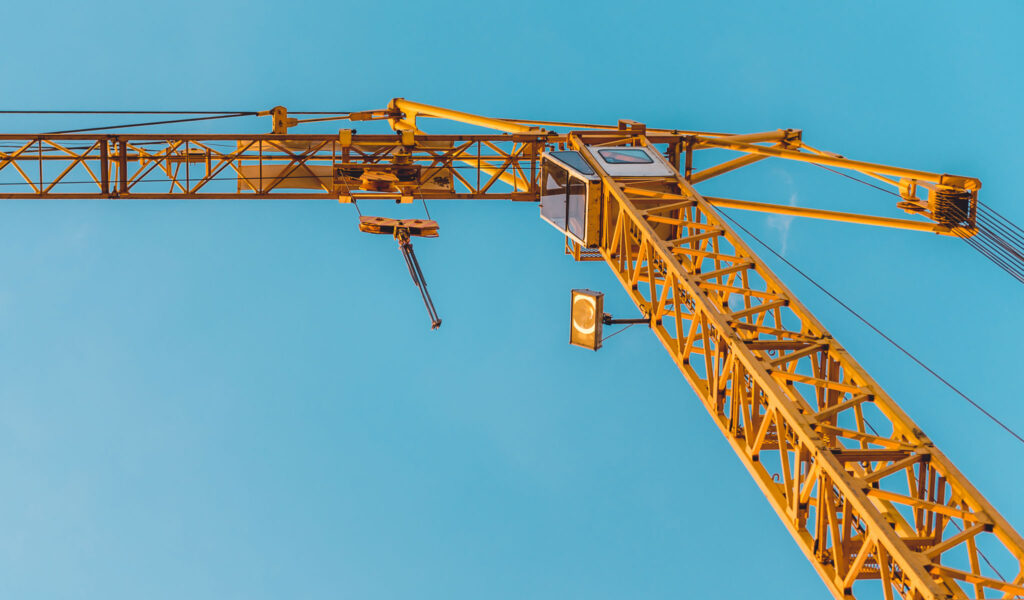Increasingly businesses are asking themselves whether to rent or to buy. But what exactly is the difference and why might one option be preferable to another? Product renting or leasing is a service that allows businesses to pay for continuous access to a product over an agreed period of time. The manufacturer or owner of the product maintains ownership but is responsible for the delivery, maintenance, and take-back of the equipment.
Leasing or renting equipment in this way may well be the unsung hero of the ‘circular economy’. This is the concept that aims to move us away from the purchase, use, and disposal of goods and equipment and towards a model that seeks to eliminate waste through more intelligent and efficient use. The leasing model aims to give businesses of all shapes and sizes access to the equipment they require, without the need to own it outright, cutting down on waste and encouraging greater product efficiency over its lifespan. This is when renting is better than buying.
There are further positives when you lease products rather than buy. For example, because the owner can make a profit from leasing the equipment either to one or multiple leasers over time, they are more invested in extending its usable life.
Developing the lease mindset, and by extension creating a more circular approach to business equipment, can have mutual benefits for manufacturers, owners, and leasers. And, ultimately, the environment will benefit thanks to a reduction in waste materials and obsolete equipment heading to landfill without having at least fulfilled its full use potential.
In order for leasing to be truly circular, it is the responsibility of owners to ensure that equipment at the end of its lifecycle (or no longer leasable) is either passed onto the secondhand market or dismantled and reused to the maximum potential. This can help to close the circle.
What things are rented the most?
These days almost any kind of commercial or business equipment can be obtained on a rental or lease basis. This includes but is not limited to:
- Manufacturing and production equipment
- Construction equipment, such as cranes, tractors, forklifts, etc.
- Energy, HVAC, and lighting equipment
- Heavy machinery
- Transportation, such as cars, trucks, trailers, and other delivery vehicles
- Refuse trucks and equipment
You are also able to rent office equipment such as chairs, desks, and other office furniture. IT equipment such as computers, servers, copiers, and more can also be leased, as can any software you may need to operate your business.
How to get started with equipment leasing
To lease or to buy? It’s a big question. To help you figure out whether you should rent products online, you need to address some key concerns:
What is your monthly budget?
Leasing tends to be significantly cheaper than buying but you still need to factor the costs into your monthly outgoings.
How long do you need the equipment?
You don’t want to get stuck in a long contract, paying for leases that you no longer need, so think carefully about how long you may need the equipment.
Once you have considered your leasing options, you will need to complete a lease application, which may require providing some financial information. Once approved, you will be required to finalize and approve the lease structure (keeping in mind the above considerations). You will then need to sign confirmation of the lease and arrange for payment of the first and subsequent monthly payments. You can then arrange for delivery at a suitable time.
Is lease to buy a good idea?
Lease to buy options can give you the best of both worlds. There is no initial purchase outlay, but your lease agreement gives you the option to buy any equipment after a certain time period has elapsed or at the end of the term, usually taking into account the finance you have already outlaid. This may or may not be a suitable option for your business, depending on the type of equipment you are leasing and the rate of technological change within your industry.
Advantages of renting over buying
Now you know how to rent products rather than buy, it’s time to think about why leasing products online is such a good idea. Below you can find some rent or buy pros and cons to help you understand how your business could benefit.
Save money
Investing in equipment can be very expensive, with commercial or corporate level equipment often involving a massive outlay of funds. Whether this is beyond the financial reach of your business or not, renting can help to reduce expenditure on equipment but still gives you access to the machinery and tools you need to carry out operations. Are lease payments cheaper than purchase costs? It depends on the length and nature of your lease but in general, yes, they are usually more cost effective.
Access the latest technology and keep up with the competition
Another issue with purchasing is that technology moves fast these days, with advances and improvements in equipment meaning if you buy you can very quickly get left behind. The last thing your business needs is outdated equipment that leaves you lagging behind your competitors. When you lease products, this allows you to easily upgrade the tools you need for business to keep you at the cutting edge.
No outdated or broken equipment to deal with
All equipment has a shelf life and will eventually become obsolete or will break down beyond repair. At which point you are left with something that it can be very difficult and damaging to dispose of. This is especially true of electronic or mechanical equipment.
Free maintenance
Upkeep of equipment needs to be factored into the overall cost as well as purchase price, with specialist equipment often requiring costly maintenance. When you rent, maintenance costs are usually included in the rental contract, meaning you won’t have to pay for maintenance or repairs.
No downtime
If you purchase equipment then all the time it is not in use it is sitting idle, gradually becoming obsolete and degrading. When you rent, you use the equipment only when needed, reducing downtime, and maximizing efficiency.
Of course, there are some potential drawbacks if you rent products rather than buy. These can include being locked into inflexible medium or long-term agreements that can be difficult to terminate. In addition, leasing agreements can often be more complex than purchase agreements, which adds to the amount of admin required. Not owning specific equipment can also be a hindrance in terms of what you can or can’t do with it.
There are also alternatives to leasing equipment such as business loans and invoice factoring. These can give you access to the equipment you need without having to find the money up front to make a purchase.
For more information about how to develop a more circular attitude to your business practices and equipment use, especially with regards to waste disposal, recycling, and technology, get in touch with our experts here at RTS or browse our blog for more ideas.

